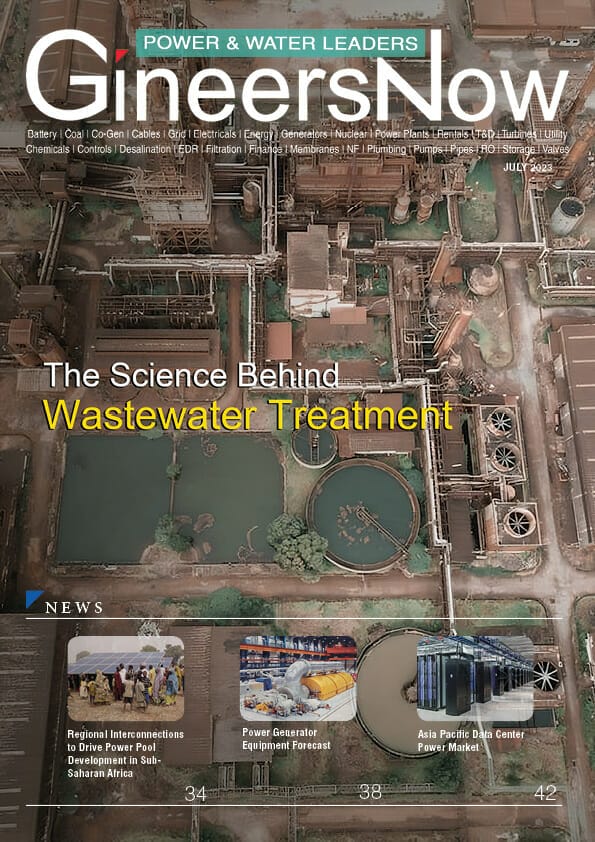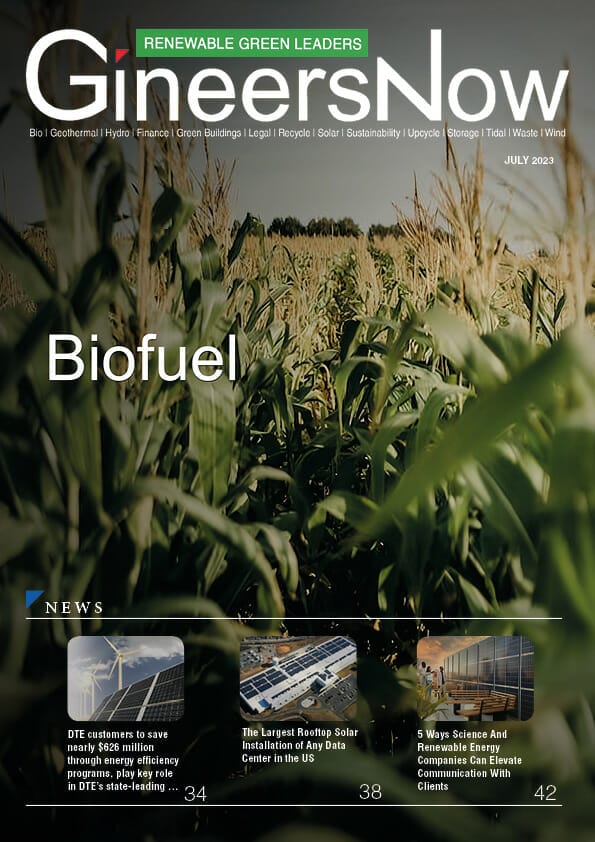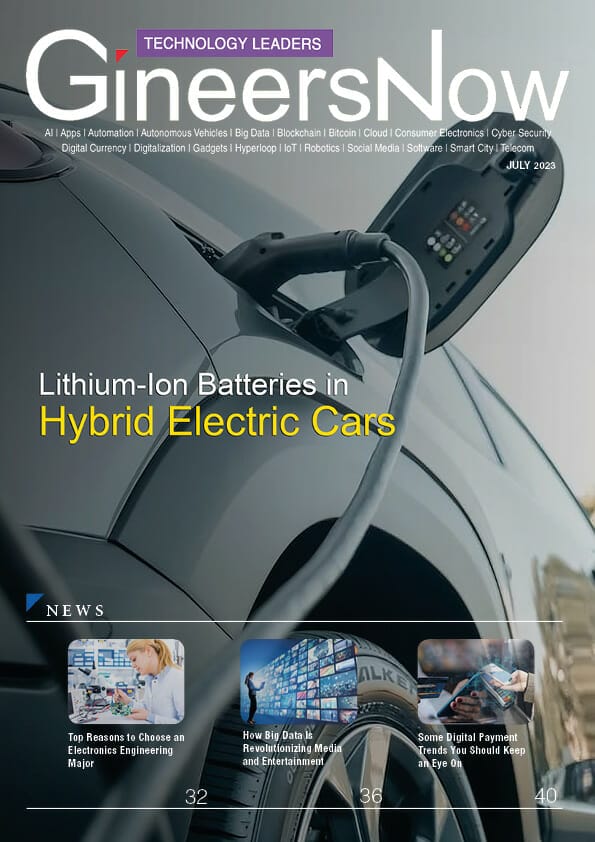As the world’s population continues to grow and the demand for energy increases, it is essential that we find ways to power our society in a sustainable way. An exciting development in this area of research has been the emergence of renewable energy technology, which combines cutting-edge technological advancements with renewable sources of energy such as solar and wind. In this article, we will explore how technology meets renewable energy to create a more efficient and effective means of powering our future.
Technology & Renewables
As the world marches towards a sustainable future, technology has emerged as one of the most promising tools in advancing renewable energy. From solar-powered homes to electric vehicles, technology is making it easier and more affordable for individuals and businesses to adopt clean energy. In fact, the marriage between technology and renewable energy has given rise to new industries and transformed existing ones.
One example of this is the growth of smart grids, which use advanced software and sensors to manage electricity flow from renewable sources like wind and solar power. These grids allow utilities to balance supply and demand better while ensuring that excess energy doesn’t go to waste. Another example is the development of battery storage systems that can store excess solar power during peak production hours for later use when demand increases or when sunlight is scarce.
Overall, the combination of technology and renewables offers an exciting avenue for reducing our carbon footprint while continuing to meet our growing energy needs.
Solar Power: Benefits & Challenges
Solar power is a renewable energy source that has gained increasing popularity in recent years. The technology behind solar power allows for the conversion of sunlight into electricity, making it one of the most sustainable ways to generate energy. As more and more people seek out environmentally conscious solutions to their energy needs, solar power has emerged as a promising option.
One of the biggest benefits of solar power is its ability to reduce our carbon footprint. Traditional methods of generating electricity often rely on fossil fuels like coal or natural gas, which release harmful greenhouse gases into the atmosphere when burned. Solar panels, on the other hand, do not emit any pollutants during operation and have a much smaller environmental impact overall. Additionally, because sunlight is free and abundant, using solar power can help reduce energy costs over time.
Despite these benefits, however, there are still some challenges associated with solar power adoption.
Wind Energy: Pros & Cons
Wind energy is a prime example of how technology meets renewable energy. The process of harnessing wind power has been around for centuries, but recent advancements have made it more efficient and cost-effective than ever before. There are many benefits to using wind as an energy source, such as its low carbon footprint and infinite supply. However, there are also some drawbacks to consider.
One of the main advantages of wind energy is that it is clean and renewable. Unlike fossil fuels, which emit harmful greenhouse gases into the environment when burned for energy, wind turbines produce no emissions or pollutants. Additionally, once installed, wind turbines require very little maintenance and can generate electricity for years without any additional fuel costs.
Despite these benefits, there are also some cons associated with using wind power.
Geothermal: Its Potential
Geothermal energy has been gaining popularity in recent years as a sustainable and renewable source of power. With advancements in technology, tapping into the earth’s natural heat reservoirs is now more feasible than ever before. This presents a significant opportunity for countries looking to transition from fossil fuels to cleaner sources of energy.
The potential of geothermal energy lies in its ability to provide consistent and reliable power without generating greenhouse gas emissions. Unlike wind or solar power, geothermal energy can be produced around the clock, allowing it to serve as a dependable baseload source for electricity grids. Furthermore, geothermal plants have relatively small footprints compared to other forms of renewable energy infrastructure, making them an attractive option for countries with limited space.
However, despite its many benefits, geothermal remains largely untapped due to high upfront costs and technical challenges.
Hydropower: The Oldest Source
Hydropower is the oldest form of renewable energy that has been used for centuries. It is a technology that harnesses flowing water to generate clean electricity. In modern times, hydropower technology meets renewable energy goals by providing a reliable source of electricity with minimal environmental impact.
The hydropower industry has grown significantly over the years, with new and innovative technologies being developed to improve efficiency and reduce costs. This growth has led to an increase in the number of hydropower installations around the world, making it one of the most important sources of renewable energy in many countries.
Hydroelectric power plants can be found all over the world, from small-scale facilities powering remote communities to large-scale power plants providing electricity for millions of people.
Biomass Energy: Current Uses
Biomass energy is an innovative and eco-friendly solution to meet the energy needs of modern society. This technology meets renewable energy standards, as it utilizes organic matter like wood chips, crop waste, and municipal solid waste to produce electricity. Biomass energy has become increasingly popular in recent years due to its many benefits.
One of the primary advantages of biomass energy is that it is a carbon-neutral source of fuel. Unlike fossil fuels, which release carbon dioxide into the atmosphere when burned, biomass fuel only releases the same amount of CO2 that was originally absorbed by the plants during their growth cycle. Additionally, sustainable forestry practices ensure that new trees are planted in place of those harvested for biomass fuel production.
Another significant benefit of using biomass as an energy source is its versatility. It can be used for heating homes and businesses, generating electricity for power grids, or transporting fuels such as ethanol and biodiesel.
Nuclear Power: An Option?
As the world continues to seek alternative sources of renewable energy, nuclear power remains a topic of debate. Nuclear power plants generate electricity through the use of nuclear reactions, and while some tout their benefits as a clean and efficient source of energy, others argue that they pose significant risks to both people and the environment.
One of the key reasons nuclear power is being considered as an option for renewable energy is its ability to produce large amounts of electricity with minimal greenhouse gas emissions. Unlike traditional fossil fuels like coal or oil, which release harmful pollutants into the air, nuclear power does not contribute significantly to climate change. Additionally, advances in technology have made modern reactors safer than ever before, with improved safety features such as automatic shut-off systems.
Despite these advantages, many critics remain cautious about embracing nuclear power.
Read GineersNow Renewable Green Leaders Magazine for Free
Editor’s Note: Technology Meets Renewable Energy
The world is on the brink of a new revolution in energy production. With the emergence of new technologies, renewable energy sources are becoming more and more accessible. As we move into the future, our reliance on these clean sources of power can only increase. Technology Meets Renewable Energy is an article that will explore how technology is driving us towards a more sustainable energy future and how this could shape our lives for years to come.
In recent years, we have seen a surge in technological advancements designed to improve renewable energy systems. For example, new battery storage technologies are being developed to store excess energy generated by wind turbines or solar panels for use during periods of low generation. Similarly, smart grid technologies are being used to manage better electricity distribution based on demand fluctuations.
The benefits of this intersection between technology and renewable energy are numerous. It not only helps us reduce our reliance on fossil fuels but also paves the way for a more sustainable future.
The future of renewable energy is an exciting one. As technology continues to advance, we can expect to see even more efficient and reliable sources of clean energy. This will have a positive impact on our environment as well as our economy. In addition, it will open up new possibilities for individuals and businesses looking to reduce their emissions and move towards a sustainable future. We have an opportunity to make positive changes that will benefit our planet and its inhabitants for generations to come.
Final Thoughts: Technology Meets Renewable Energy
In conclusion, renewable energy is the future of energy production. With technology continuing to advance and become more accessible, it’s becoming easier for us to embrace a sustainable and greener lifestyle. We need to continue to invest in renewable energy sources, such as solar energy so that we can reduce our reliance on fossil fuels and create a healthier environment for generations to come. We must also use technology to its fullest potential in order to maximize the efficiency of these renewable energies.















